
Innovation has reached such heights that things that used to be impossible can be done easily now. There are advanced methods that are being adopted in the construction industry with the help of innovation. Robotics are now being used in the development of infrastructure. Robotics has revolutionized the industry drastically. There are three types of construction robots at sites: Semi-automated, fully automated, and teleported robots. From automated bricklaying to autonomous drones, automation in construction is transforming construction sites worldwide.
Types of Robotics for Automation in Construction Sites
1. 3D Printing Advancements
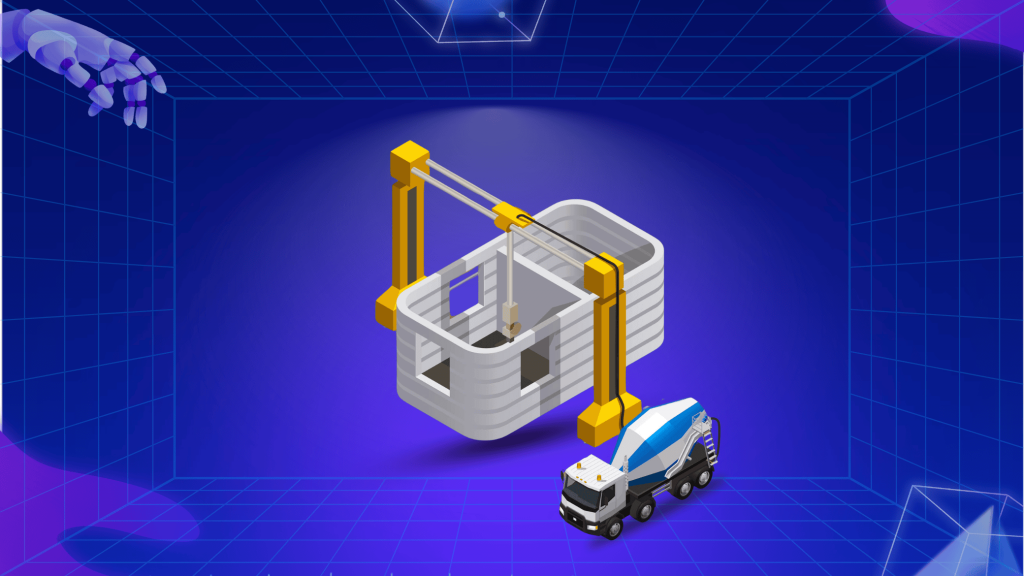
With the help of this 3D printing robot, a complex digital plan can directly be constructed. Large-scale 3D printers are capable of fabricating entire building components with precision and speed, and it also reduces waste.
2. Automation in Assembly
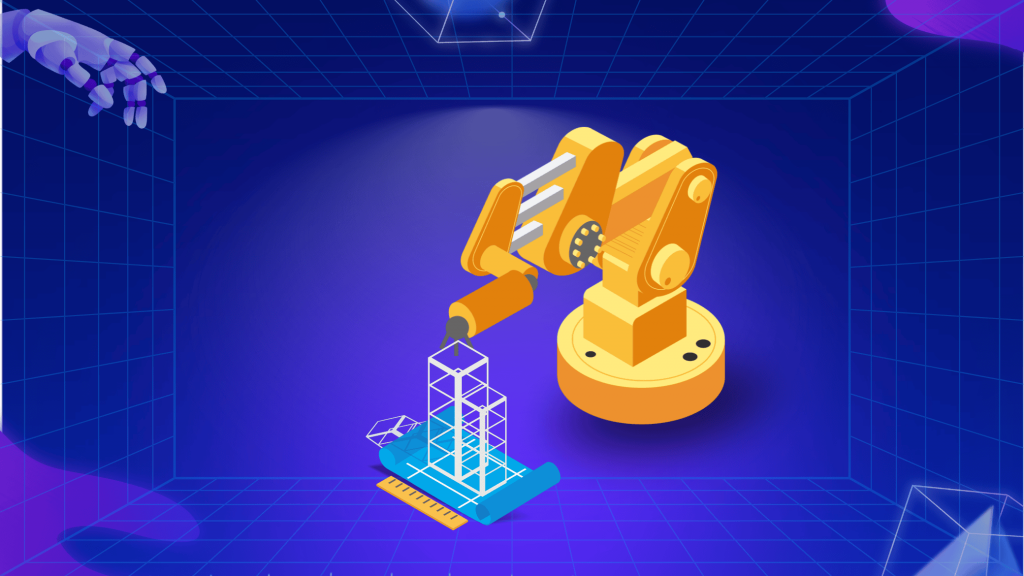
There are robots that help with automated assembly. Robots that are equipped with sensors that handle tasks like bricklaying, steel beam placement, and drywall installation. It works at human workers’ capabilities and improves productivity just like automation in warehouses.
3. Aerial Surveys with Drones
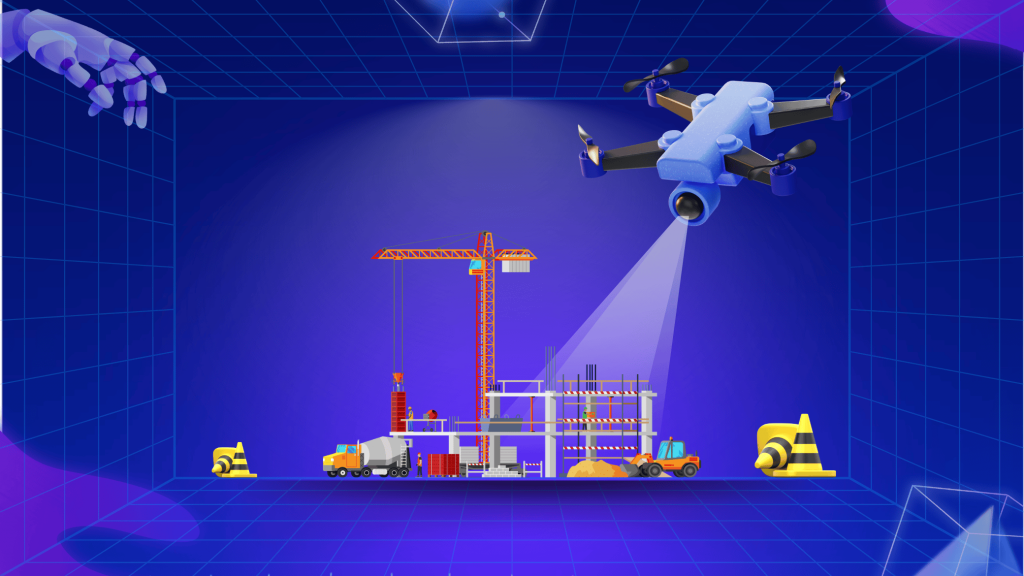
Project Managers and engineers get real-time data with the help of autonomous drones that perform aerial surveys. It aids in progress monitoring and decision-making.
4. Collaborative Workforce
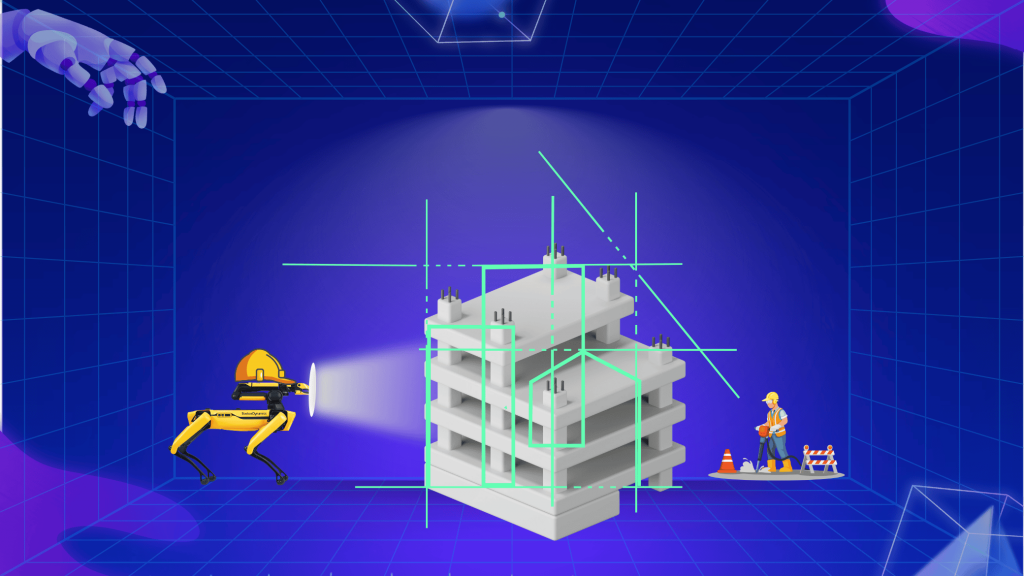
Robots work collaboratively with human workers, automating repetitive and labor-intensive tasks, allowing human resources to focus on more complex and value-added activities. So, automation in construction brings convenience to humans.
5. Enhanced Safety
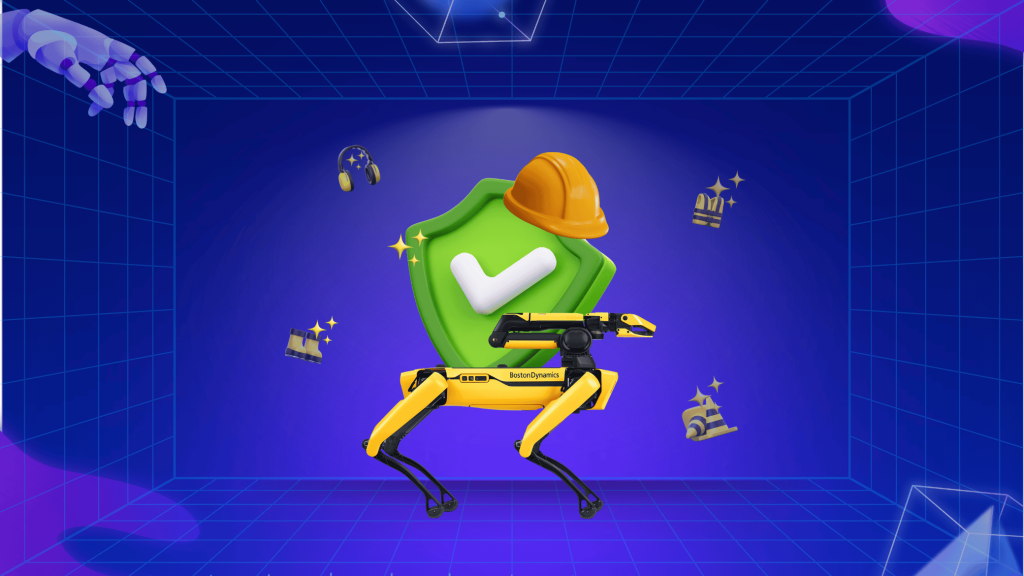
Robotics take on hazardous tasks, such as inspection and repair in confined spaces or at high altitudes, reducing risks to human workers and improving job site safety.
Conclusion
There are a lot of advantages to using automation in construction sites, but it also has its challenges. There are few concerns that every investor worries about before investing in robotics in constructions like pre-investment, technological limitations, and regulatory hurdles. But as the time passes, there will be a time when these robotics will be easily affordable for everyone. Embracing robotics is not just about embracing the future, it’s about building a better present.
FAQs
1. What are the types of construction robots found on sites?
There are three main types: semi-automated, fully automated, and teleoperated robots. These robots are designed to assist in various construction tasks, ranging from basic to complex operations.
2. How do 3D printing advancements contribute to construction?
Large-scale 3D printers can fabricate entire building components with precision and speed, directly translating complex digital plans into physical structures. This technology reduces waste and allows for the construction of intricate designs.
3. How do robots contribute to assembly processes in construction?
Robots equipped with sensors handle tasks such as bricklaying, steel beam placement, and drywall installation. By automating these tasks, robots enhance productivity while working collaboratively with human workers.
4. How do drones play a role in construction projects?
Autonomous drones perform aerial surveys of construction sites, providing real-time data to project managers and engineers. This data aids in progress monitoring, decision-making, and overall project management.
5. How do robots enhance safety on construction sites?
Robotics take on hazardous tasks, such as inspection and repair in confined spaces or at high altitudes, reducing risks to human workers and improving overall job site safety.



